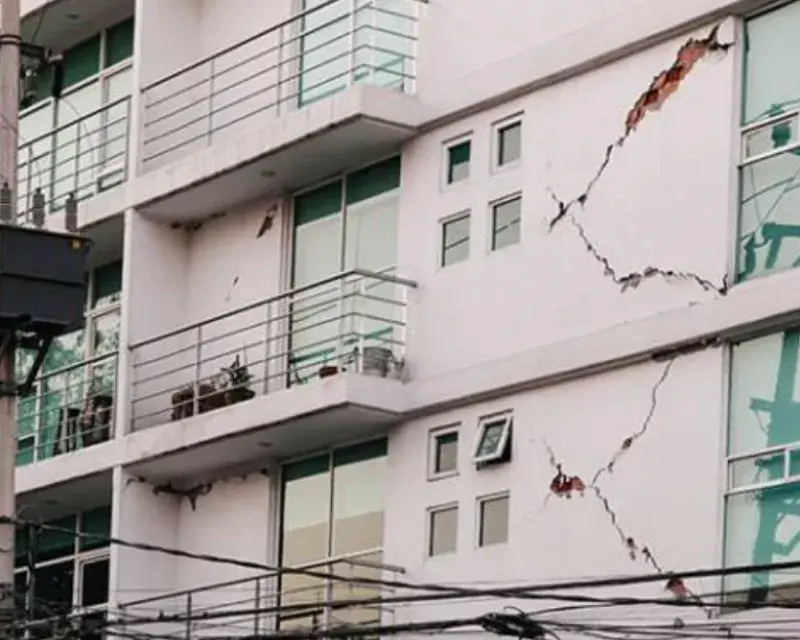In the face of nature’s fury and the relentless march of urbanization, the fields of civil and structural engineering stand as the bulwarks against collapse and disaster. These disciplines, rooted in the principles of physics and mathematics, have evolved into sophisticated crafts capable of predicting, preventing, and mitigating the impacts of catastrophic events. This blog explores the pivotal role of civil and structural engineers in safeguarding our communities, buildings, and infrastructures from the ravages of natural disasters and the perils of structural failure.
The Backbone of Infrastructure: Civil Engineering
Civil engineering is the cornerstone of modern society, responsible for the creation and maintenance of the physical infrastructure that supports our daily lives. From roads and bridges to dams and airports, civil engineers design and construct the vast network of systems that enable transportation, energy distribution, and communication. But beyond the tangible benefits, civil engineering plays a critical role in disaster prevention and mitigation.
Building for the Unexpected
Resilient Design: Civil engineers employ resilient design principles to create infrastructure that can withstand extreme weather events, earthquakes, and other natural disasters. This involves selecting materials and constructing designs that can flex and adapt to stress without failing catastrophically.
Flood Control Measures: Dams, levees, and flood barriers are engineered to protect against flooding, a leading cause of loss of life and property damage. These structures are designed to manage water flow and reduce the risk of inundation in vulnerable areas.
Earthquake-Resistant Structures: Seismically active regions demand structures that can absorb the shockwaves of earthquakes without collapsing. This requires advanced engineering techniques, including base isolation and damping systems, to dissipate energy and prevent structural failure.
The Strength Within: Structural Engineering
Structural engineering, a subset of civil engineering, focuses on the design and analysis of structures to ensure they safely bear loads and resist forces. While the primary goal is to ensure the functionality and longevity of buildings and other structures, structural engineers also play a crucial role in disaster preparedness.
Advanced Analysis Techniques
Finite Element Analysis (FEA): FEA simulates the behavior of structures under various loading conditions, allowing engineers to predict how a building or bridge would perform in a real-world scenario, such as an earthquake or high winds.
Nonlinear Dynamics: This branch of engineering deals with the dynamic behavior of structures subjected to large deformations and nonlinearities, essential for understanding the performance of structures during severe events.
Risk Assessment: Structural engineers conduct risk assessments to identify vulnerabilities and develop strategies to enhance the resilience of structures. This includes evaluating the potential for progressive collapse, where a localized failure leads to the collapse of the entire structure.
The Future of Engineering Resilience
As climate change intensifies and urban populations grow, the demands on civil and structural engineers become increasingly complex. The challenge lies not only in designing structures that can withstand current threats but also in anticipating future risks and adapting infrastructure to changing conditions.
Innovations in Materials and Technologies
Smart Materials: Advances in smart materials, such as shape memory alloys and self-healing concrete, offer new possibilities for creating adaptive structures that can respond dynamically to environmental changes and stresses.
Drones and Robotics: Emerging technologies allow for more efficient and precise inspection of structures, enabling early detection of defects and damage that could lead to failures.
Digital Twin Technology: Digital twins simulate the real-world performance of structures, facilitating predictive maintenance and proactive interventions to prevent failures.
Conclusion
Civil and structural engineers are at the forefront of a critical mission: to engineer resilience into our built environment. Through innovative design, advanced analysis techniques, and a commitment to continuous learning, these professionals are equipping our cities and communities with the tools needed to withstand the challenges of tomorrow. As we navigate the uncertain landscape of a changing world, the work of civil and structural engineers becomes ever more vital, ensuring that our homes, workplaces, and public spaces remain safe and secure against the backdrop of natural disasters and the complexities of human-made environments.






